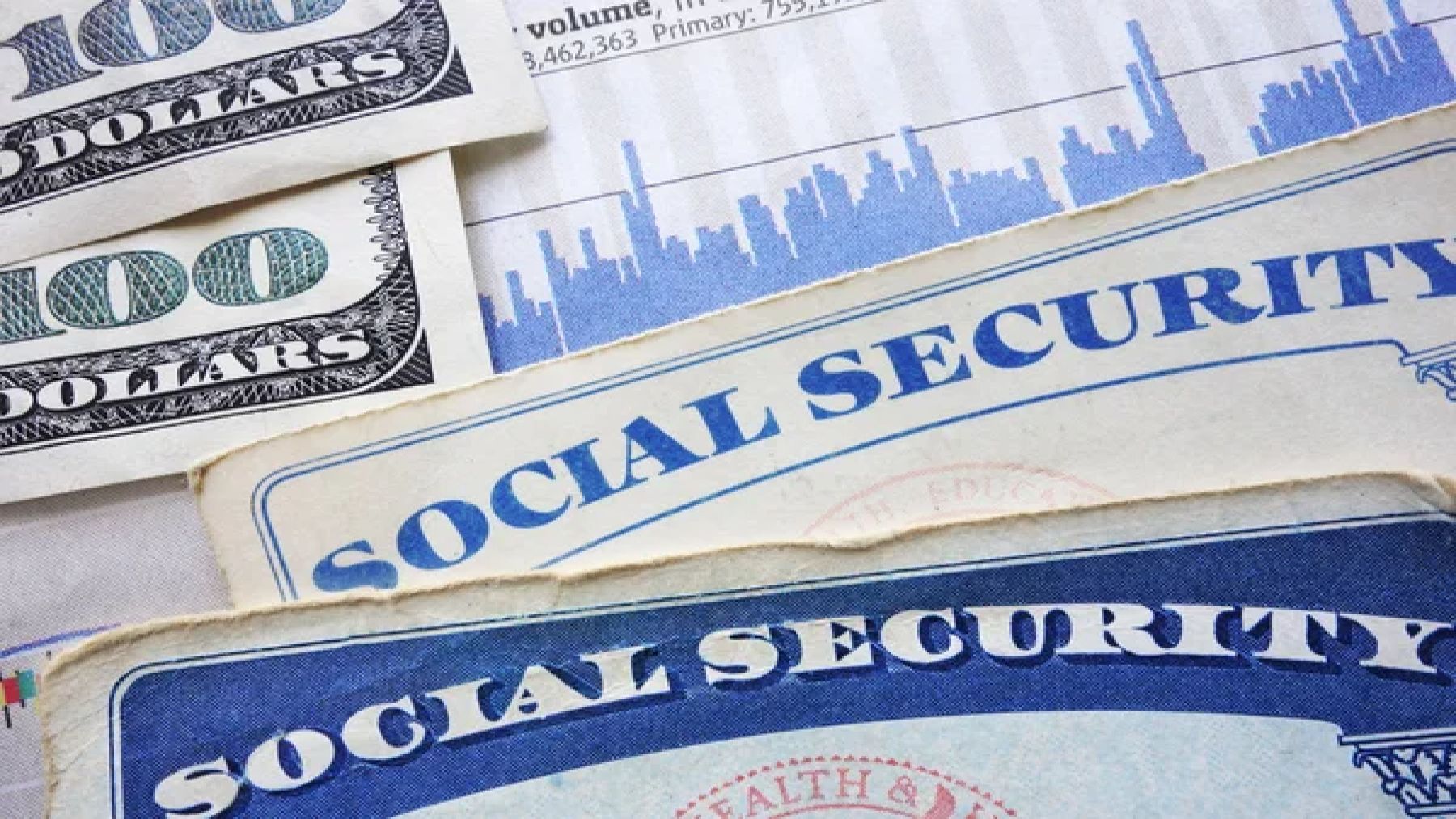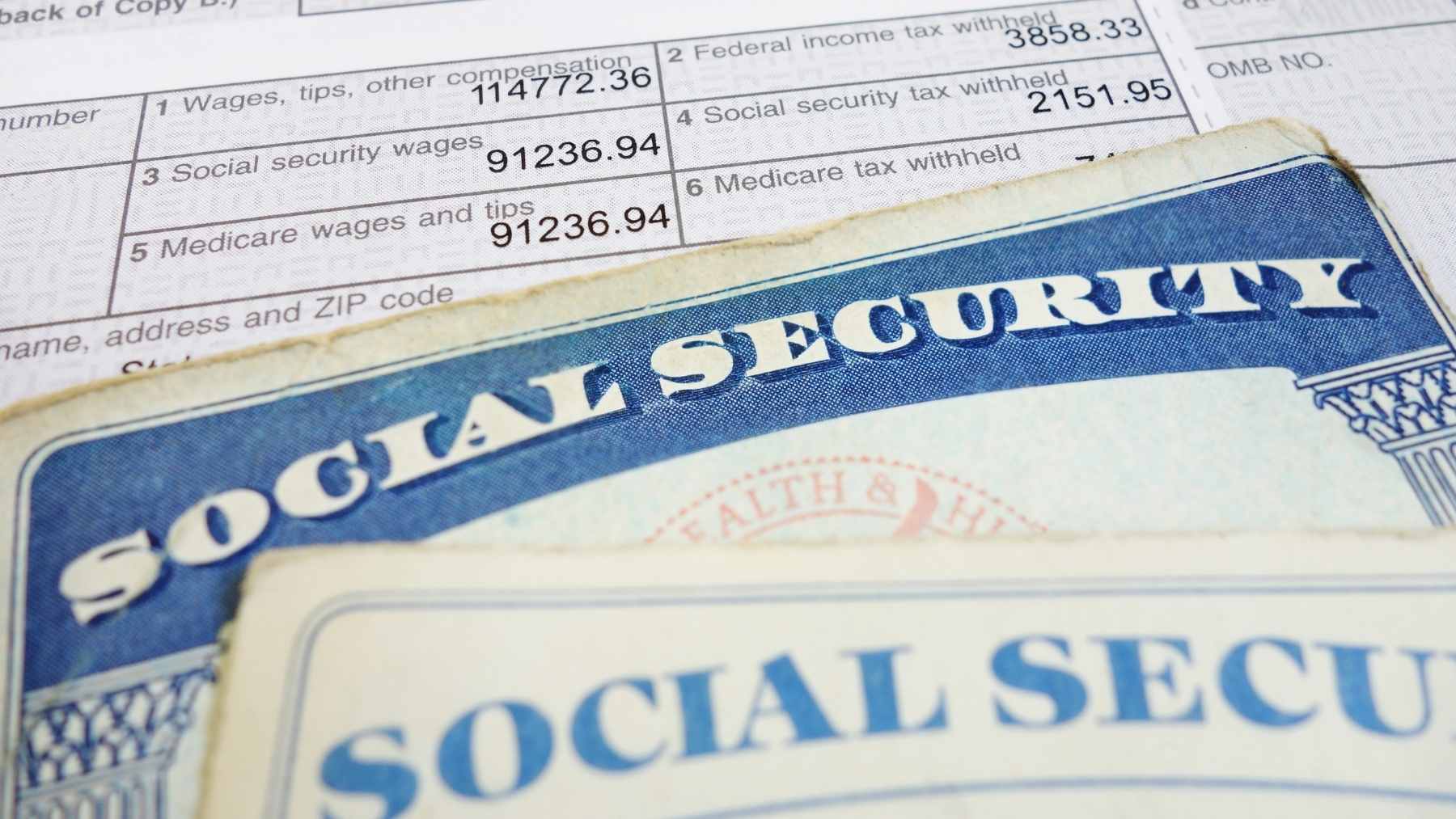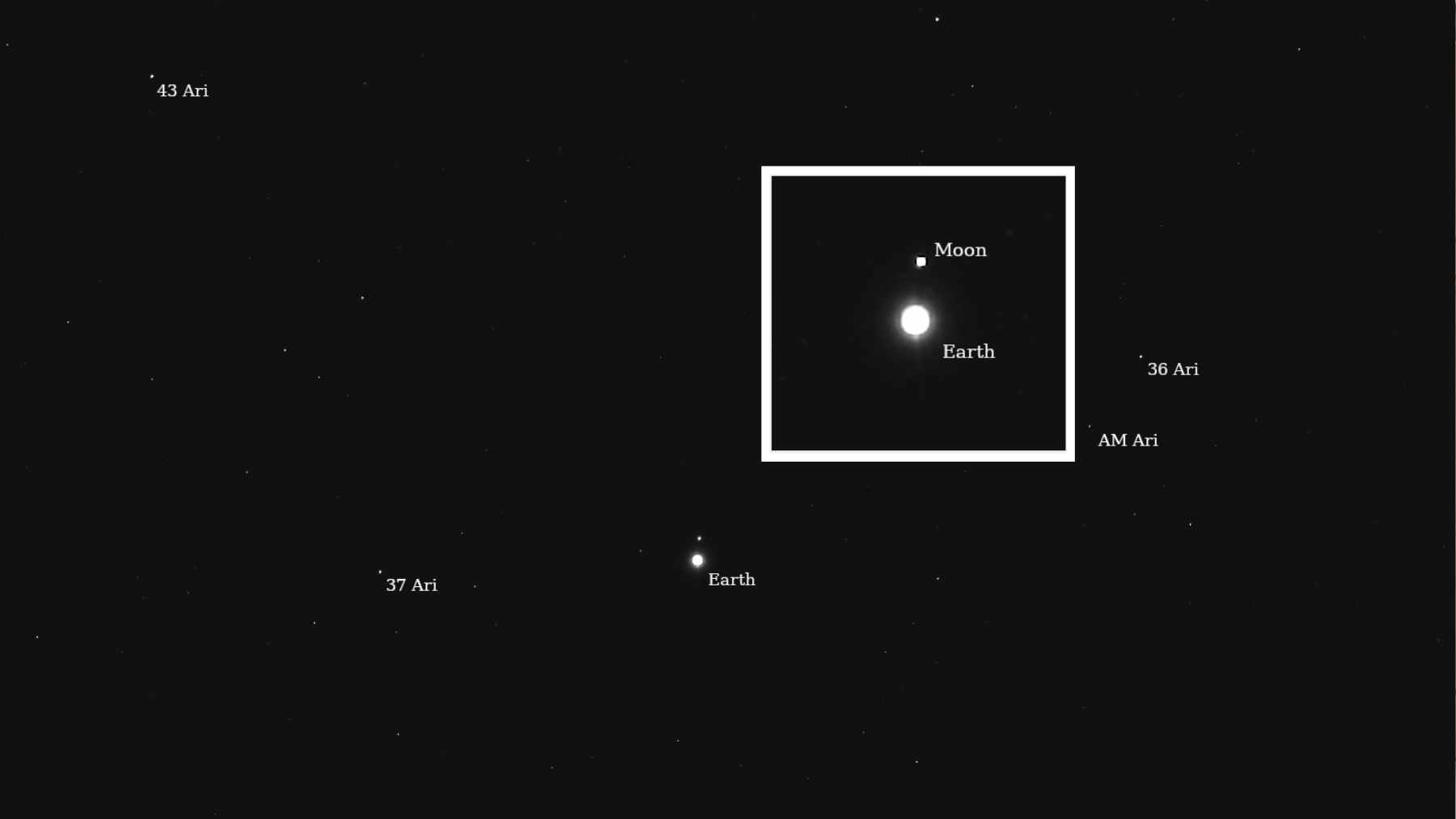The Social Security Administration (SSA) distributes payments to nearly 70 million beneficiaries every month. The federal governmental program is best known for its retirement benefits program, but it also provides monthly benefits for the disabled, survivors, and individuals with little to no income. It can be confusing understanding the retirement benefits system, as the amount you are paid depends entirely on how long you have been paying into the retirement program while working as well as how old you were when you started to claim your benefits.
Understanding how the different SSA programs work
The Social Security Administration retirement program provides benefits to almost all American workers. If you pay Social Security taxes, you earn what are called “credits,” which go towards your retirement benefits.
Currently as it stands, to qualify to receive retirement benefits from Social Security, you need to have made 40 credits. This is the equivalent of 10 years of work. Once you reach this minimum threshold, the amount of benefits you receive will depend entirely on how long you continue to work for, and subsequently when you choose to claim your benefits.
Disability and Supplementary Security Income (SSI), on the other hand, is based on qualifying criteria. While retirement income is based entirely on your work history, to qualify for disability, you need to also have collected a work history before becoming disabled.
SSI is also dependent on how much income you earn. While you can earn additional income outside of your retirement benefits, which the SSA encourages you to do, you cannot continue to receive SSI once you start earning above a certain amount of income.
How much will you receive in retirement benefits?
If you have achieved the required working history credits to start receiving retirement benefits, you can start claiming benefits as early as 62. However, if you wait until the full retirement age of 67, your benefits will be much higher. You can then further delay collecting your benefits until age 70, as your benefits will continue to increase up until this age. After this age, you receive no additional benefits from waiting to claim.
Currently, if you are 70 and wait until this year to claim your benefit, the maximum payment you can receive is $5,108 per month. In comparison, the average retirement beneficiary receives just under $2,000 per month. If you started claiming your benefits this year at 62 years old, your monthly benefits would be 30% lower than what they would have been if you waited until the full retirement age of 67.
When can you expect your benefits to be distributed?
Social Security benefits are paid out depending on when your birthday is:
- Birthdate between 1-10: Second Wednesday of every month
- Birthdate between 11-20: Third Wednesday of every month
- Birthdate between 21-31: Fourth Wednesday of every month
- If you claimed your benefits before May 1997, or if receiving both Social Security & SSI, Social Security: Retirement benefits are paid on the 3rd and SSI on the 1st.
It is important to remember when planning for your retirement that you should not be relying only on your retirement benefits to support you when you stop working. You must ensure that you have a diverse range of income sources so that you are financially secure. You must also make sure that you can manage your expenses effectively in retirement to remain financially independent.
One way to ensure financial freedom in your retirement years is to consider investing. Low-risk investment accounts can be incredibly effective at generating a nest egg for yourself once you retire. Speak to a financial advisor who can help you with your financial planning for the future. It is never too late to start investing, even if you are reaching your golden years.













